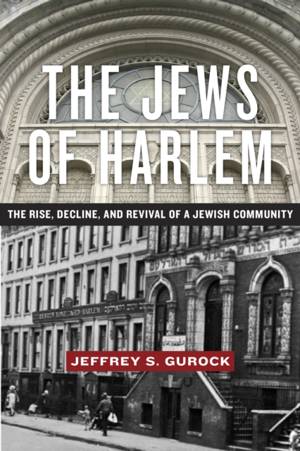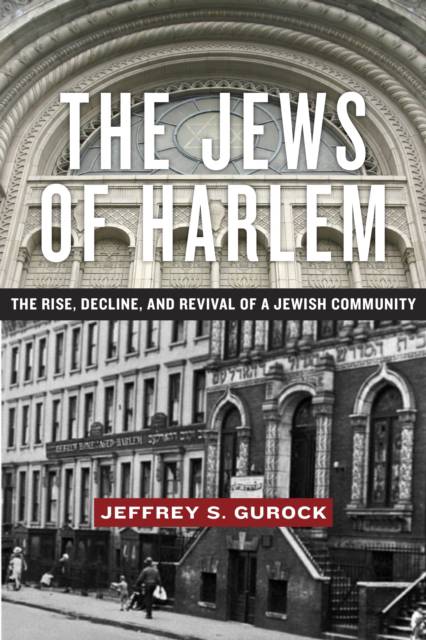
- Retrait gratuit dans votre magasin Club
- 7.000.000 titres dans notre catalogue
- Payer en toute sécurité
- Toujours un magasin près de chez vous
- Retrait gratuit dans votre magasin Club
- 7.000.000 titres dans notre catalogue
- Payer en toute sécurité
- Toujours un magasin près de chez vous
The Jews of Harlem
The Rise, Decline, and Revival of a Jewish Community
Jeffrey S Gurock
Livre relié | Anglais
103,45 €
+ 206 points
Format
Description
The complete story of Jewish Harlem and its significance in American Jewish history
New York Times columnist David W. Dunlap wrote a decade ago that "on the map of the Jewish Diaspora, Harlem Is Atlantis. . . . A vibrant hub of industry, artistry and wealth is all but forgotten. It is as if Jewish Harlem sank 70 years ago beneath waves of memory beyond recall." During World War I, Harlem was the home of the second largest Jewish community in America. But in the 1920s Jewish residents began to scatter to other parts of Manhattan, to the outer boroughs, and to other cities. Now nearly a century later, Jews are returning uptown to a gentrified Harlem. The Jews of Harlem follows Jews into, out of, and back into this renowned metropolitan neighborhood over the course of a century and a half. It analyzes the complex set of forces that brought several generations of central European, East European, and Sephardic Jews to settle there. It explains the dynamics that led Jews to exit this part of Gotham as well as exploring the enduring Jewish presence uptown after it became overwhelmingly black and decidedly poor. And it looks at the beginnings of Jewish return as part of the transformation of New York City in our present era. The Jews of Harlem contributes much to our understanding of Jewish and African American history in the metropolis as it highlights the ever-changing story of America's largest city. With The Jews of Harlem, the beginning of Dunlap's hoped-for resurfacing of this neighborhood's history is underway. Its contemporary story merits telling even as the memories of what Jewish Harlem once was warrants recall.Spécifications
Parties prenantes
- Auteur(s) :
- Editeur:
Contenu
- Nombre de pages :
- 320
- Langue:
- Anglais
Caractéristiques
- EAN:
- 9781479801169
- Date de parution :
- 25-10-16
- Format:
- Livre relié
- Format numérique:
- Genaaid
- Dimensions :
- 163 mm x 231 mm
- Poids :
- 612 g







